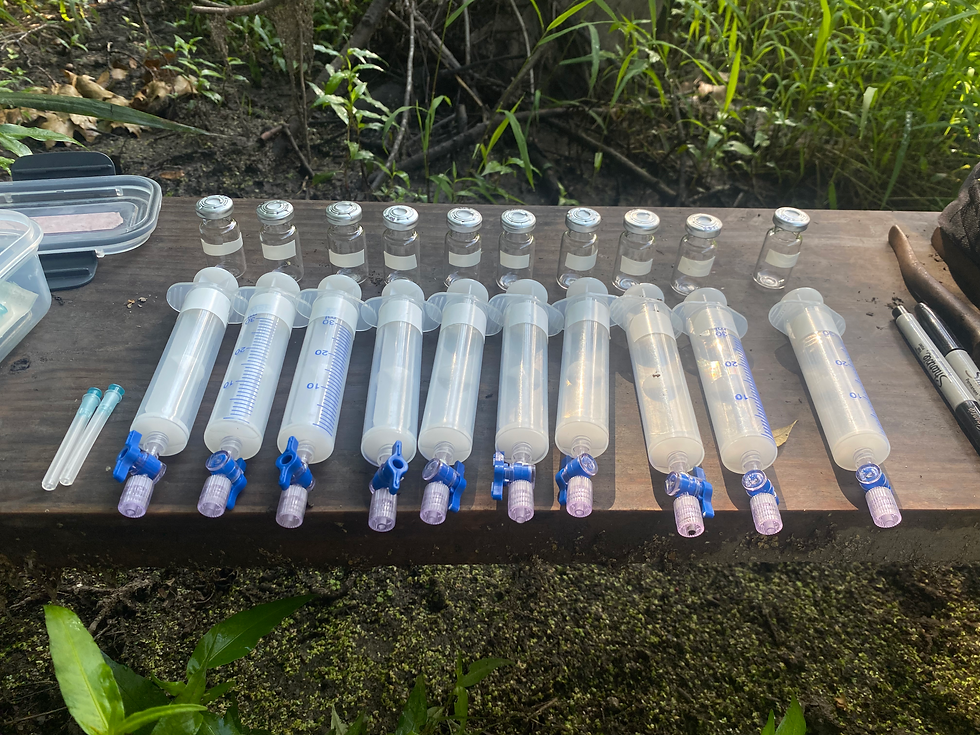Greenhouse Gas Modeling

In 2022, I transferred from Upstate Medical to the SUNY College of Environmental Science and Forestry (ESF). I recognized that climate change was on the forefront of my concerns, and I wanted to shift my career back to environmental health. This lead me to joining a lab that studied and modeled greenhouse gas emissions, namely from wetlands.
Wetlands emit about 30% of global methane, yet they are immensely valuable ecosystems worth preserving for their diversity hotspots, flood mitigation, food and water provisions, beauty and recreation, and carbon dioxide sequestration. This duality makes them pertinent for research and preservation. From 2022 to present, I have been measuring greenhouse gas fluxes using chambers and infrared gas analyzers across varying environmental and temporal dynamics. With the field data I collect, I validate my 3D mechanistic model called ecosys, which I am using to simulate carbon dioxide and methane emissions over time.
As a result, my PhD dissertation is separated into three chapters:
1. Understanding how changing water levels and flooding status drives carbon dioxide and methane fluxes (currently published)
2. Using ecosys to model carbon fluxes up to present day and simulating fluxes at a sub-grid spatial scale that incorporates vegetation heterogeneity
3. Simulating microbial activity from a freshwater marsh using ecosys and validating the model with a novel zero resistance ammetry (ZRA) method for measuring microbe activity
In addition to taking field measurements and modeling greenhouse gases, I am also building eddy covariance towers for long term carbon flux measurements, and I am involved in outreach programs: I helped create a 3-day program to teach high schoolers and local groups about climate change, the carbon cycle, and greenhouse gas emissions.














